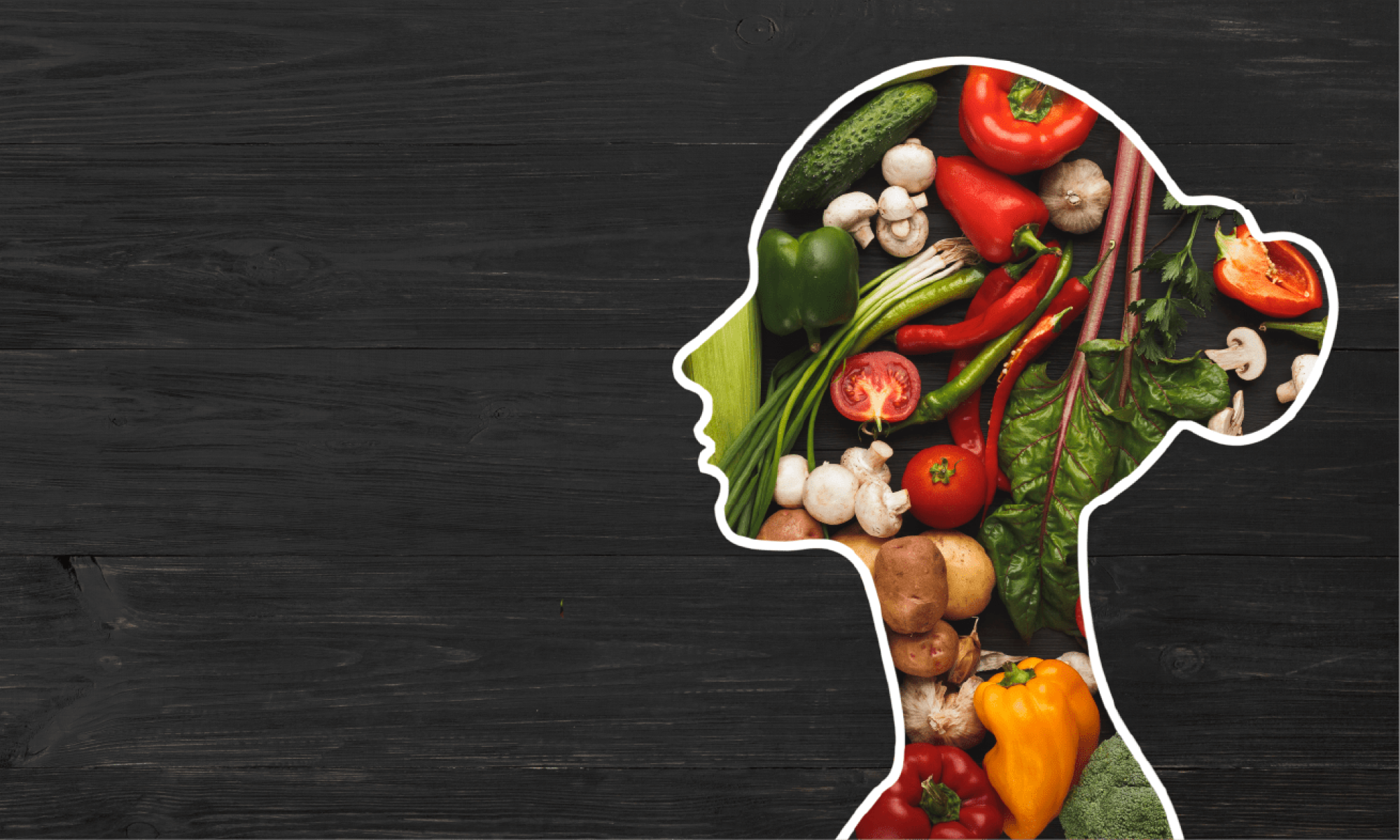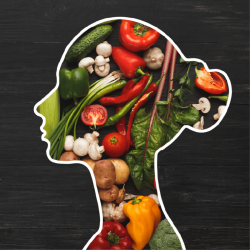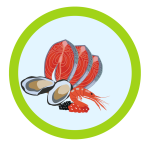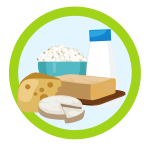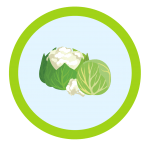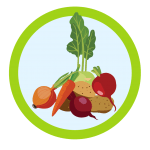
Boost your body and brain using Thiamine.
Vitamin B1 (thiamine) is important for your health. It helps turn carbs into energy and supports your brain and nerves. Without enough vitamin B1, you might feel tired, weak, or forgetful. But you can get vitamin B1 from foods like grains, meat, nuts, seeds, and some cereals. Drinking alcohol, being pregnant, or having trouble absorbing nutrients might make it harder for your body to get enough vitamin B1 from food. If that happens, you might need to take supplements to make sure you get enough. In short, vitamin B1 keeps your body and mind healthy, and by eating foods that contain it, you can make sure you’re getting enough.
the recommended intake of Thiamine For adult males is 1.2 mg per day, while adult females require slightly less at 1.1 mg per day. Pregnant and breastfeeding women have a higher daily requirement for thiamine at 1.4 mg and 1.5 mg, respectively.
Meat & Protein
Grass-Fed Red Meat
A 3-ounce serving of beef liver can provide you with around 21% of the recommended daily intake of thiamine.
Just 3.5 ounces of cooked ground beef offers 30% of the recommended daily intake for men and women.
A three-ounce serving of cooked lamb leg contains approximately 24% of the recommended daily value for an adult
Each 3.5 ounce serving contains approximately 30% of the recommended daily intake for adults.
3-ounce serving of grass-fed steak contains around 15% of the recommended daily
A 3-ounce serving of cooked brisket contains 30% of the recommended daily intake of Vitamin B1.
4-6 ounce serving of short ribs, can provide up to 15% of the daily value of Thiamine
Organic White Meat
One 3-ounce serving of chicken breast provides roughly 10% of an adult’s recommended daily intake
A 3-ounce serving of cooked turkey breast contains approximately 30% of the DV Vitamin B1 for an average adult.
3.5 ounce serving provides around 44% of the recommended daily allowance for adults.
2 slices contains around 25% of the recommended daily value for adults
On average, a 3-ounce serving of cooked ground chicken contains approximately 15% of the recommended daily intake for adults.
Fish & Seafood
3-ounce serving of cooked salmon contains about 15% of the recommended daily intake for most adults.
On average, 3.5 Ounce serving of cod contains approximately 15% of the recommended daily intake for adults.
A serving of mussels contains about 18% of the recommended daily value
Oysters are a particularly rich source of this essential vitamin, with just 3.5 ounces containing over 30% of our daily value.
Clams are among the richest natural sources of thiamine, providing over 200% of the recommended daily value in just a 3.5 ounce serving.
A 3-ounce serving of squid contains approximately 53% of the recommended daily value for an adult.
A single serving of sardines (around 3.5 ounces) contains approximately 14% of the daily value (DV) for this nutrient.
A single serving of cooked trout approximately 3.5 ounce contains approximately 26-27% of the daily value (DV) for vitamin B1.
Fruits, Vegetable, Leafy Greens & whole Grains
Grass Fed Fairy
Drinking one 8 oz glass of whole milk is an excellent source of Thiamine with 10% DV (Daily Value) per cup
One ounce of Swiss cheese contains 9% of the daily value (DV)
Greek yogurt offers a daily value of 13% per 3 oz
One ounce of cheddar cheese provides about 8-9% of your daily value
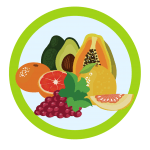
Organic Fruit
Pineapple contains approximately 10% of your daily value of vitamin B1 per serving,
A medium-sized guava contains approximately 10% of the recommended daily value of vitamin B1.
Squash
Just one cup of cooked brown rice approximately 30% of daily intake for adults.
A single cup of cooked quinoa contains about 33% of the daily value recommended.
A one-cup serving of cooked spaghetti squash contains about 6% of the daily recommended value
A one-cup serving of cooked pumpkin contains about 10% of the recommended DV of thiamin.
Cruciferous
. One cup of cooked spinach contains approximately 5% of the recommended daily value of vitamin B1.
A cup of cooked collard greens contains approximately 5% of the recommended daily value of B1.
1 cup of cooked Swiss chard contains approximately 7% of the recommended daily value
One cup of cooked mustard greens contains approximately 5% of the recommended daily value of Thiamine
Whole Grains
A 1 cup serving of cooked brown rice contains approximately 13% of Thiamine
A single cup of cooked quinoa contains about 33% of the daily value recommended.
One cup of cooked buckwheat contains 15% of the daily value of vitamin B1.
1 cup of cooked barley contains approximately 25% of the recommended daily value of B1.
A serving of bulgur, one cup of cooked bulgur, contains 15% of the recommended daily value (DV) for an adult.
1 cup of cooked oats provides 10% of the daily value of Vitamin B1.
Nuts, Seeds, Herbs, Oils & Roots
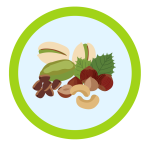
Nuts & Seeds
These versatile nuts are high in thiamin, providing 6% of the daily value per ounce.
Macadamia nuts: These buttery and delicious nuts are an excellent source of thiamin, providing 22% of the daily value per ounce.
Pistachios: These green nuts are rich in thiamin, providing 20% of the daily value per ounce.
Pecans: These crunchy and tasty nuts are a good source of thiamin, providing 8% of the daily value per ounce.
Cashews: These creamy nuts are also a good source of thiamin, providing 6% of the daily value per ounce.
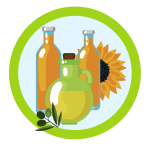
Oils
100 grams of sunflower oil provides 183% of the daily value of vitamin B1.
1/4 c of sunflower oil provides 183% of the daily value of vitamin B1.
a fourth of a cup of sesame oil provides 38% of the daily value of vitamin B1.
provides 37% of the daily value of vitamin B1 per 14 cup
1/4 cup provides 16% of the daily value of vitamin B1.

Herbs
Alfalfa is an excellent dietary source of vitamin B1, with one cup of the plant providing over 10% daily value
These leaves are packed with Vitamin B1, with just one serving supplying over 10% of daily value for adults.
Just a tablespoon of cayenne pepper contains over 2 mg of Vitamin B1- that’s 182% of our daily recommended intake!
Just one ounce of hops contains up to 100% of the recommended daily intake of thiamine
A single tablespoon of paprika contains approximately 8%
A 3.25 oz serving of kelp contains about 15% of the recommended daily value.
A cup of chopped lemongrass contains almost 20% of our daily value of Thiamine.
Sage is a rich source of Vitamin B1, providing approximately 10% of the daily recommended value in just one tablespoon
Just one tablespoon of fresh parsley contains almost 5% daily value of Vitamin B1
Did you know?

Alcoholics are at an especially high risk for thiamine deficiency, as heavy drinking can interfere with the absorption of the vitamin.

Cooking can destroy thiamine, so it’s important to choose preparation methods that preserve its nutritional value.
To preserve thiamine in food, avoid overcooking, keep the skin on fruits/veggies, steam instead of boiling/frying, and store raw produce in the fridge.
